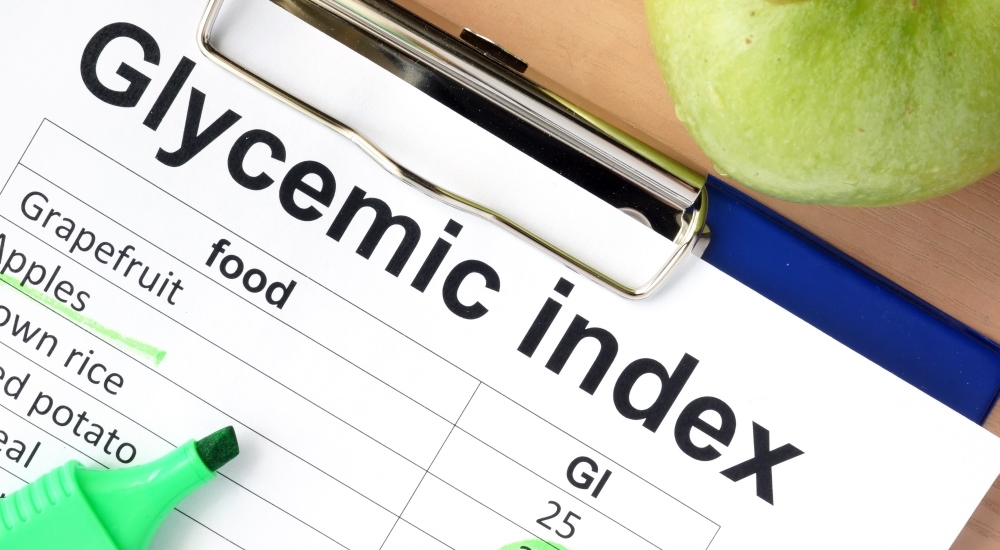Low GI
[@access_control@] [@article_id@] [@blog_author@] [@blog_content@] [@blog_id@] [@blog_subheader@] [@blog_subject@] [@category_id@] [@category_name@] [@category_ref@] [@category_subheader@] [@ccat_id@] [@compat_id@] [@compat_list_id@] [@compatcat_description@] [@compatcat_description2@] [@compatcat_fullname@] [@compatcat_name@] [@compatcat_ref@] [@content@] [@content_allow_reviews@] [@content_author@] [@content_compatibility_code@] [@content_description1@] [@content_description2@] [@content_description3@] [@content_external_ref1@] [@content_external_ref2@] [@content_external_ref3@] [@content_external_src@] [@content_fullpath@] [@content_id@] [@content_label1@] [@content_label2@] [@content_label3@] [@content_level@] [@content_module@] [@content_name@] [@content_ref@] [@content_short_description1@] [@content_short_description2@] [@content_short_description3@] [@content_type_code@] [@content_type_id@] [@content_type_name@] [@content_wufoo_form@] [@date_posted@] [@date_updated@] [@description@] [@description2@] [@external_ref@] [@gp_restriction@] [@id@] [@name@] [@page_content@] [@page_editor@] [@page_header@] [@page_id@] [@page_index@] [@page_subheader@] [@parent_ccat_id@] [@parent_content_id@] [@parent_id@] [@rating@] [@reviews@] [@short_description@] [@sortorder@] [@subtitle@] [@templatebody@] [@templatefoot@] [@templatehead@] [@templatesearch@] [@thumb@](CODE) [@thumb_alt@](CODE) [@thumb_alt1@](CODE) [@thumb_content_type_id@] [@timestamp@] [@title@] [@url@]
In a perfect world we’d all be able to live in Willy Wonka’s chocolate factory and guzzle as much sugary treats as we pleased. Since the eighteenth century when refined sugar became readily available, this is pretty much what we’ve been doing. Apart from the obvious foods like biscuits, chocolate, lollies and soft drinks, sugar’s been put into a lot of our processed food, from sauces to baked beans to reduced fat salad dressings to muesli bars, and many, many more.
Unfortunately, our massive consumption of sugar has brought on a raft of health issues, especially the rise of Type-2 diabetes. So, until the day when our bodies have adapted to life in Wonkaland, the best thing we can do is to adopt a way of life where sugar is either eliminated entirely, or restricted by using the low GI method.

What is the Glycemic Index
The Glycemic Index (GI) is a way of rating different carbohydrates and their effects on your blood glucose levels. Blood glucose is another way of saying how much sugar is in your blood. When you eat, your pancreas releases a hormone called insulin that works to use the food’s energy and nutrients and store the leftover glucose for later. Unused glucose is stored as fat.
All foods convert into glucose, but some do this faster than others. The foods that quickly convert into glucose are called high GI foods. These cause your blood sugar to spike because it gets your pancreas working hard to produce a lot of insulin. Eating high GI foods means that you will have an energy surge immediately after you’ve finished eating, then a slump afterwards.
Low GI foods eliminate these spikes, because they release glucose at a regular pace into the bloodstream. Your pancreas doesn’t have to work as hard. A low GI diet will stabilise the blood sugar and insulin levels of people with diabetes (high blood sugar) and hypoglycemia (low blood sugar). It also regulates your appetite and can help with weight loss.
What are the main concerns
A person who eats a consistently high GI diet runs the risk of wearing out their pancreas. This means that it will no longer be able to produce insulin and the insulin will have to be taken either as a tablet or as an injection. This is called diabetes.
A US study found that the rise of high fructose corn syrup in many processed foods, together with the decline of fibre, ran parallel with the increase in Type-2 diabetes.
There is the risk of insulin resistance, also called Syndrome X, which is a precursor to Type-2 diabetes. Insulin resistance is when the body’s liver, muscle and fat cells can no longer process insulin. As a result, the pancreas works to produce even more insulin, which the body still can’t use properly.
The symptoms of insulin resistance aren’t very obvious and have to be diagnosed by a doctor. A person will gain weight around their stomach, have low HDL ‘good’ cholesterol, high blood pressure and sometimes a dark ring around their neck or a patch on the back of their neck. Eating a high GI diet does not cause insulin resistance, but a person is more likely to develop it if they have a high body weight, low fitness and is genetically disposed.
Hypoglycemia is caused by eating too much sugar and causes the pancreas to oversecrete insulin. The blood sugar level goes too low and the hypoglycemic will feel weak, dizzy, shaky, unable to concentrate and have mood swings.
Studies have also found a link between people who eat a lot of high GI foods and gallstones.
How is the Glycemic Index labelled
The Glycemic Index Symbol is put onto food that has been tested by the Glycemic Index Foundation run by the University of Sydney, the Juvenile Diabetes Research Foundation and Diabetes Australia. The food company pays the GI Foundation a licensing fee to display the GI Symbol.
The symbol has a green circle at its centre with the words ‘Low GI’, surrounded by a white arrow at the top with the words ‘Glycemic Index Foundation’, and a blue arrow below with the words ‘Certified’.

The Glycemic Index Foundation rates food from 0 to 100. A low GI food is from 0 to 55. Medium GI is between 55 and 70. High GI is anything that is 70 or over.
However, exercise caution: some foods labelled with a low GI certification contain preservatives, fats and high levels of sugar.
What can be done about it
Eating a low GI diet stops your body producing too much insulin and helps use fat as energy, instead of storing it. A low GI diet also fills you up and makes you feel full so you don’t eat as much.
The Diabetes Prevention Program has found that people with insulin resistance can lower the likelihood of developing Type-2 diabetes by 70 per cent by following a low GI diet. Diabetes can be prevented by losing weight on a low GI diet (even 5 to 7 per cent of body weight helps) and regular exercise (30 minutes of medium exercise 5 days a week).
Others argue that we are addicted to sugar (which used to be a rare treat) and this is messing up our insulin levels. These people advise eliminating sugar and fructose entirely from our diets.
What is a Low GI diet
To describe a low GI diet in its simplest form is to decrease foods that are highly processed and ‘white’, like white bread, white flour, white rice (except basmati, doongara and moolgiri rices) and potatoes (althought there is a low GI variety out there).
- Decrease sugary foods like cakes, lollies, soft drinks, dried fruit, fruit juice and biscuits
- Choose cereals that are based on oats, oat bran, semolina or natural muesli
- Use wholegrain, pita and sourdough breads
- Eat whole grains like barley, buckwheat and quinoa
- Eat whole wheats
- Eat lots of legumes, whole nuts and non-starchy vegetables
- Limit the amount of fruit you eat and choose low GI fruits like apples, pears, stoned fruits, berries and citrus fruits
For more information:
- Diabetes Australia is full of information about diabetes, insulin resistance, and living with blood sugar conditions at www.diabetesaustralia.com.au
- The Glycemic Index Foundation is at: www.gisymbol.com.au/
- The GI Foundation is associated with Jennie Brand-Miller, Professor of Biochemistry at the University of Sydney, who has written many books: The Low GI Diet, The New Glucose Revolution, The Diabetes and Pre-Diabetes Handbook and the Low GI Vegetarian Cookbook;
- Low GI Health has recipes, snack ideas and diet tips. See: www.lowgihealth.com.au







